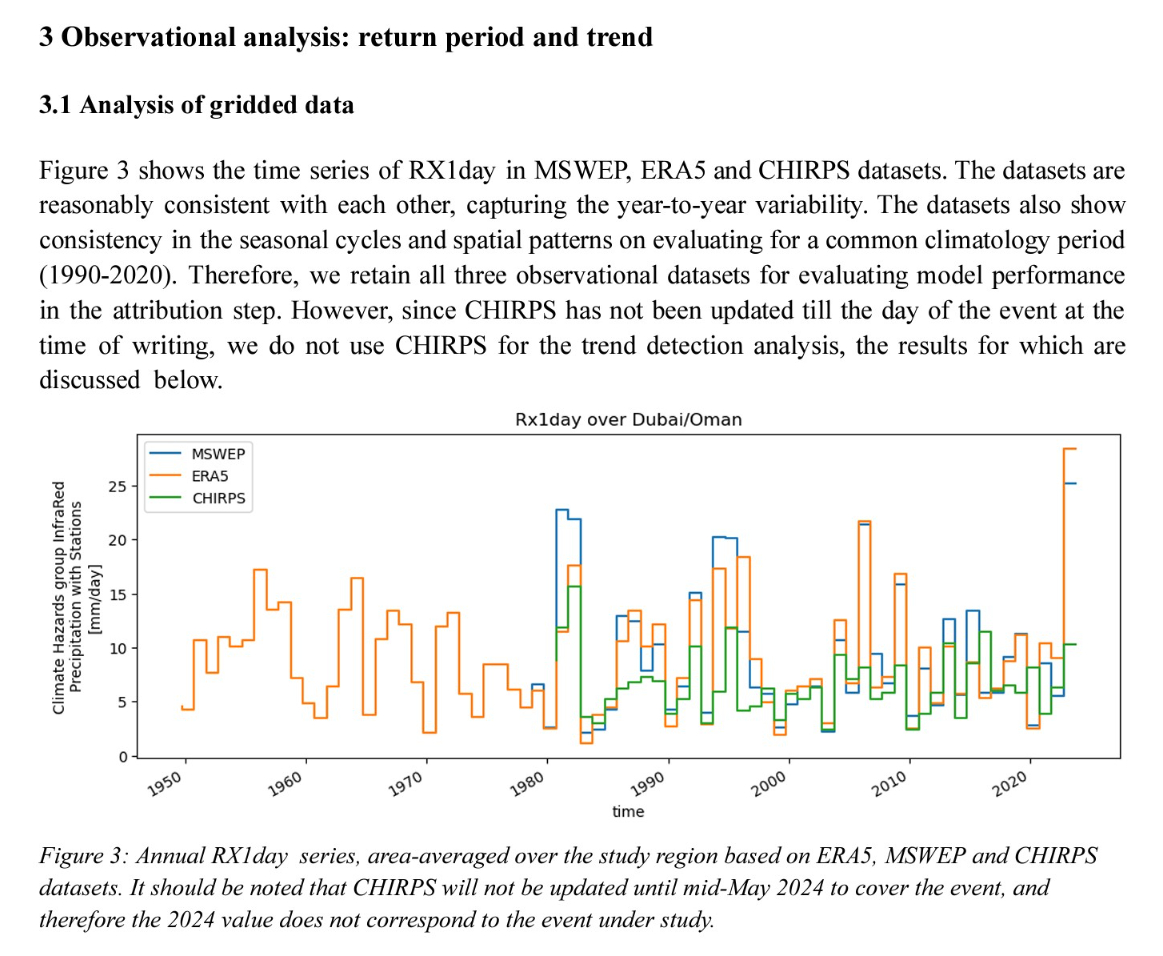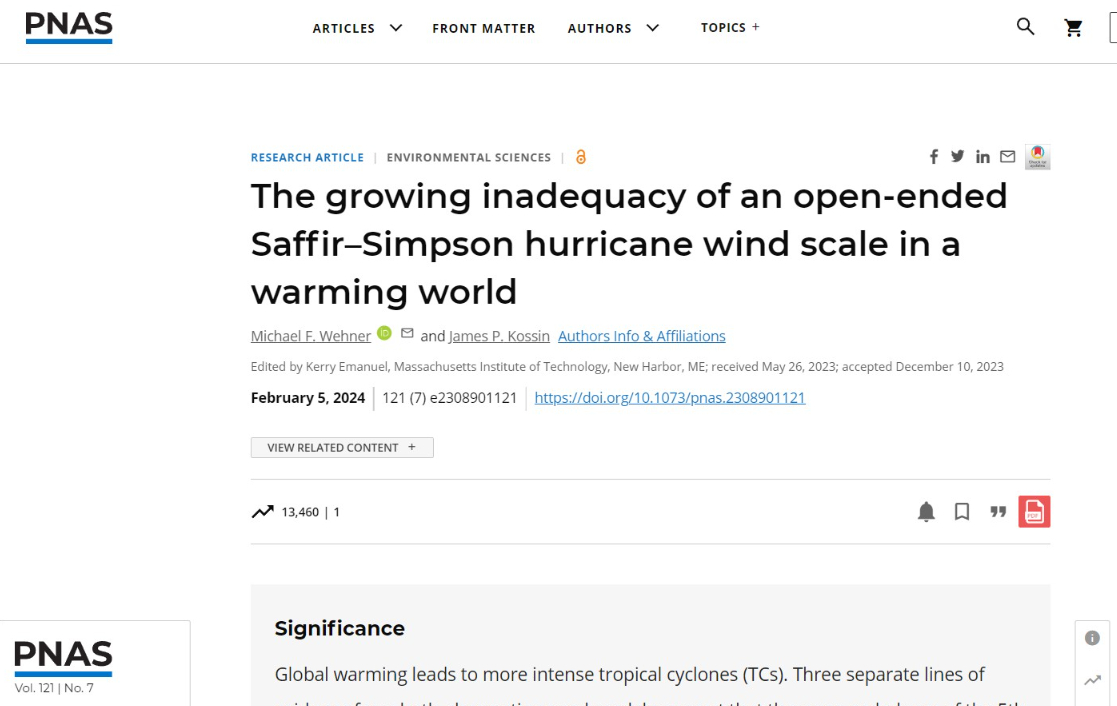Digging into Portland, Oregon climatology:
Highest temperature:
🔥107°F August 8 & 10, 1981, and July 30, 1964
🌡️106°F on July 28 & 29, 2009.
Here's a gridded daily analysis (estimate) of the highest temperatures observed from May-September 1951-2020.
Highest temperature:
🔥107°F August 8 & 10, 1981, and July 30, 1964
🌡️106°F on July 28 & 29, 2009.
Here's a gridded daily analysis (estimate) of the highest temperatures observed from May-September 1951-2020.

Blend of Models near the all-time record in Portland at 105°F and 106°F this weekend.
NWS Portland is at 102°F for 3-days in a row. 🌡️
Based upon forecast trends, I'd put even money on 105° and 10-20% chance of hitting the 107°F record. 🎰

NWS Portland is at 102°F for 3-days in a row. 🌡️
Based upon forecast trends, I'd put even money on 105° and 10-20% chance of hitting the 107°F record. 🎰


Must post the ECMWF EPS ensembles -- model has the most vertical levels & perhaps can best resolve the Columbia River dynamics. It is flaming HOT 🔥
The ensemble median is all-time record at 108°F and majority of solutions are in the 110s. This is an unprecedented forecast ♨️

The ensemble median is all-time record at 108°F and majority of solutions are in the 110s. This is an unprecedented forecast ♨️


If you're shopping around for other opinions, then don't look at GFS/GEFS. Even hotter, with the downscale solution median at 114°F in Portland. 🌡️🔥
Patiently waiting for these forecast model solutions to back off -- give up -- and cool off. Not tonight.⌚️


Patiently waiting for these forecast model solutions to back off -- give up -- and cool off. Not tonight.⌚️



Going back to August 1981 to look at the mid-level height pattern at 500 hPa. Not too shabby 597 dm ridge centered over Redding California.
Weekend has > 597 dm "heat dome" centered much further north in eastern Washington, almost into Canada. Certainly a different beast.


Weekend has > 597 dm "heat dome" centered much further north in eastern Washington, almost into Canada. Certainly a different beast.



Height field from July 29, 2009 when Portland when to 106°F on the 28th and 29th. Ridge axis extends north into the Arctic Ocean. A cut-off low is off the California coast.
Have to say that I'm now leaning more into the all-time record being shattered at PDX.
Keep 👀🌡️
Have to say that I'm now leaning more into the all-time record being shattered at PDX.
Keep 👀🌡️

The max stat caught my eye -- 601 dm ridge over Morocco on July 30, 2009.
I'd suppose it was extremely hot under that.
I'd suppose it was extremely hot under that.

• • •
Missing some Tweet in this thread? You can try to
force a refresh













